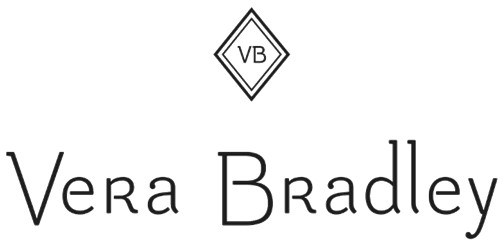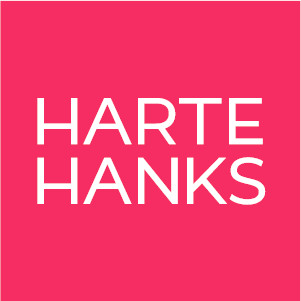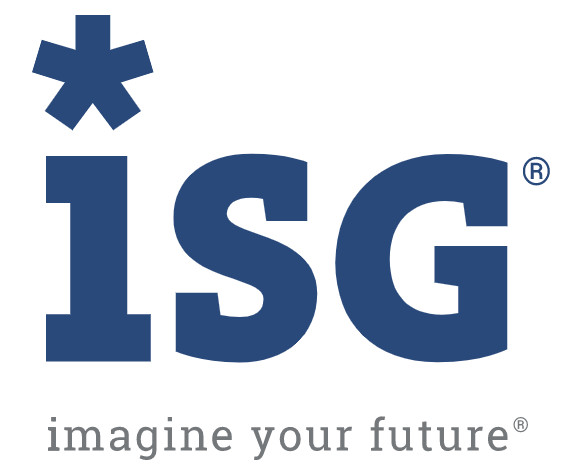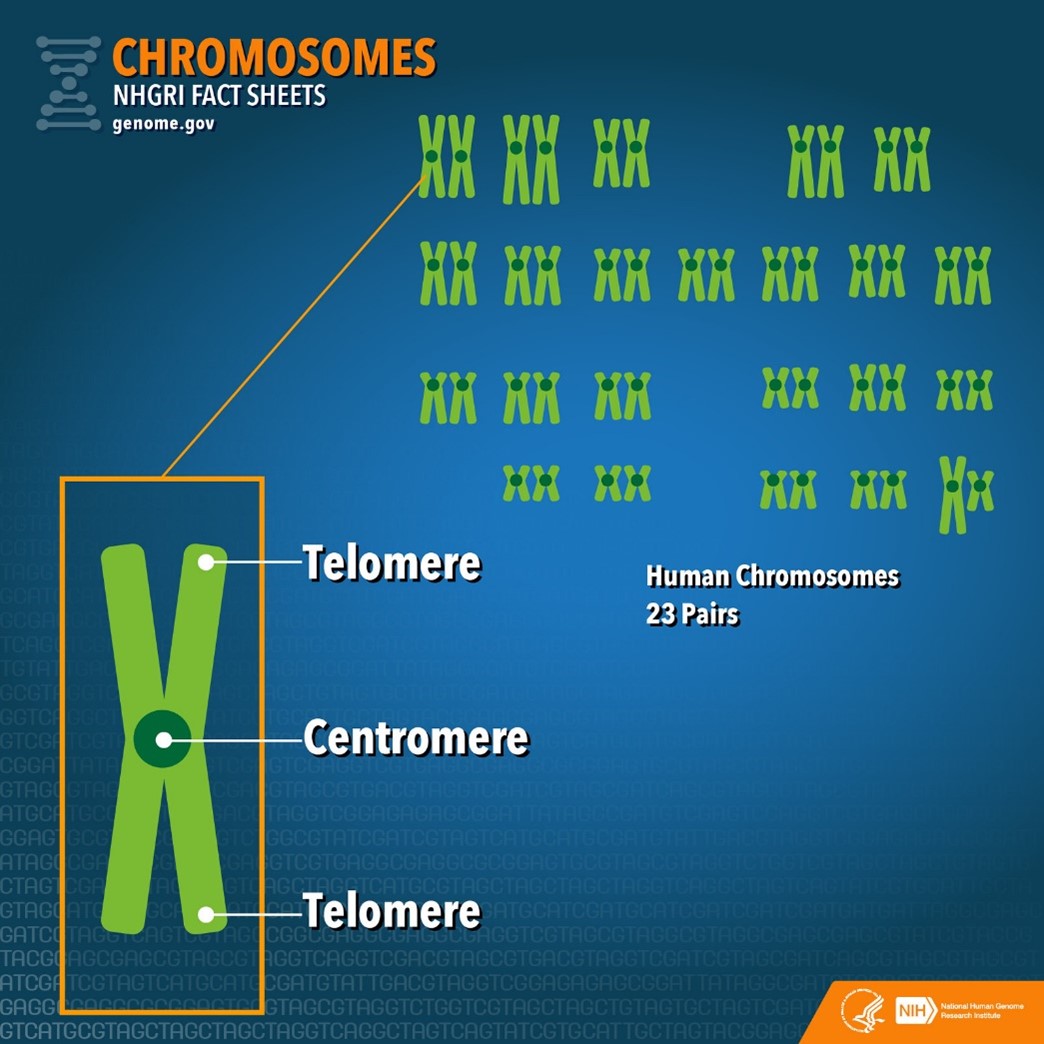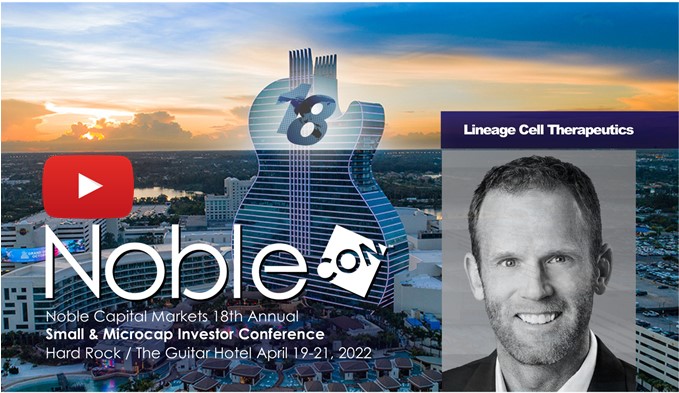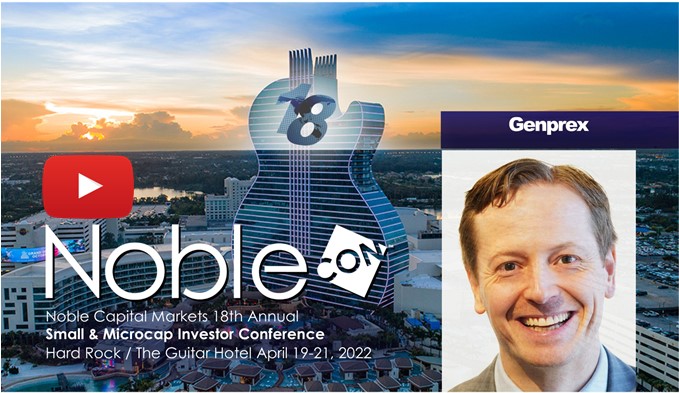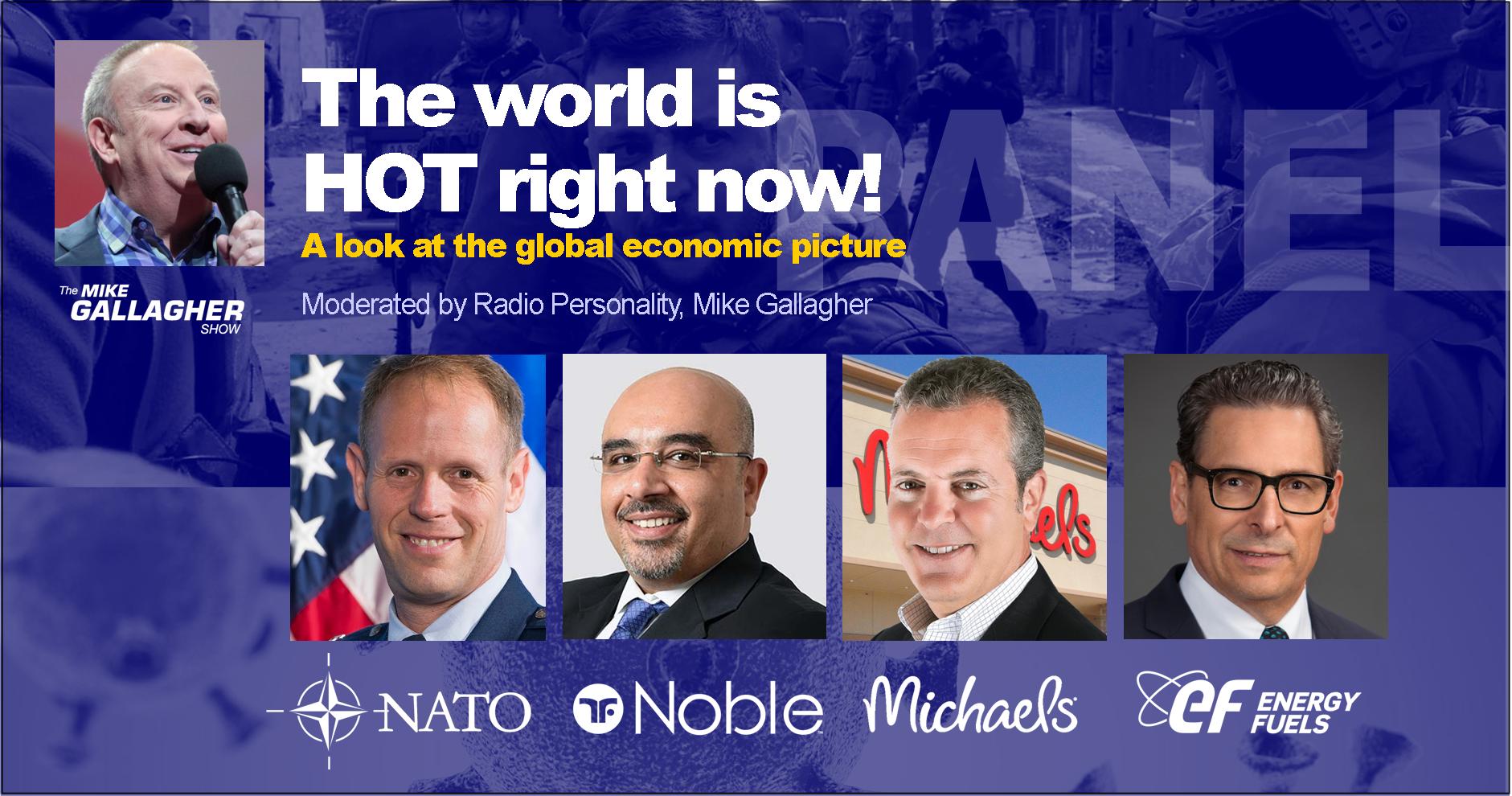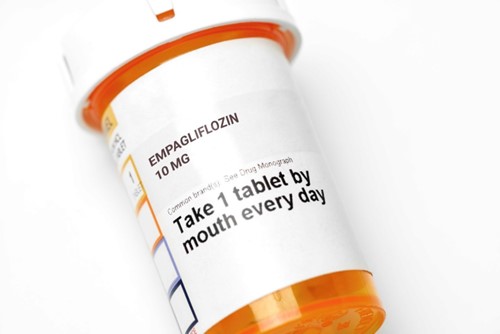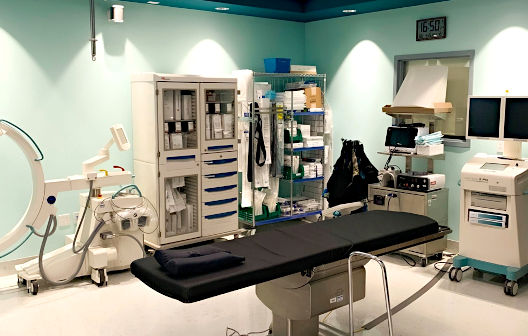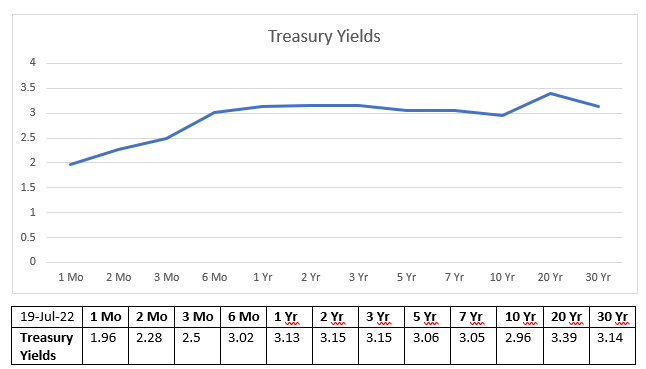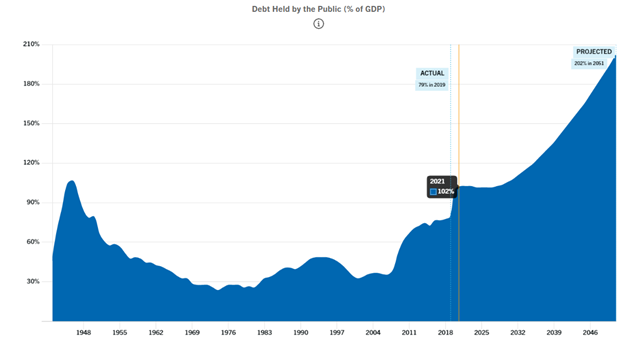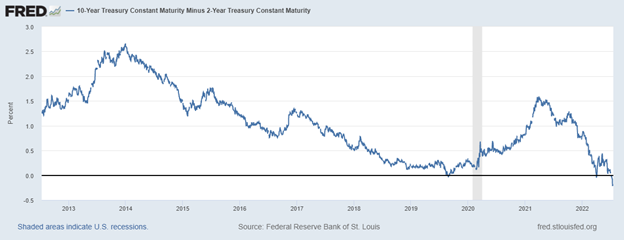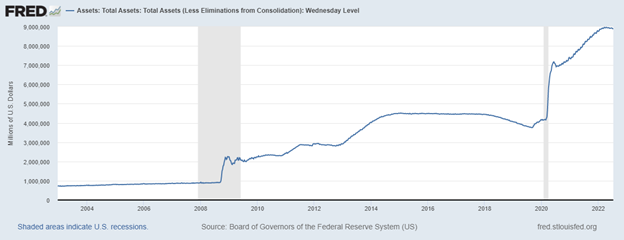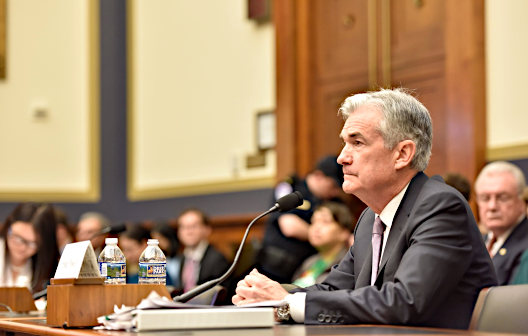Vera Bradley, Inc. Announces CEO Transition
Research, News, and Market Data on Vera Bradley
Retirement of President and CEO Robert Wallstrom planned at end of 2022; search for new CEO underway
Company also solidifies annual cost reduction initiatives totaling $25 million
FORT WAYNE, Ind., July 21, 2022 (GLOBE NEWSWIRE) — Vera Bradley, Inc. (Nasdaq: VRA) (the “Company”) today announced the planned retirement of President and Chief Executive Officer Robert Wallstrom. Wallstrom will remain President and CEO until a successor is named, which is expected by the beginning of 2023. Wallstrom will work with the Board of Directors in their national search for his successor.
Wallstrom has led Vera Bradley, Inc. as President and Chief Executive Officer since 2013, executing the Company’s business transformation while also championing corporate social responsibility, associate engagement, and philanthropy initiatives. Wallstrom oversaw the expansion of the Company’s portfolio in 2019 with the acquisition of lifestyle brand Pura Vida, which achieved B Corp Certification in 2022. Under Wallstrom’s leadership, in 2022, Vera Bradley, Inc. was named America’s #1 Best Midsize Employer and #11 Best Employer for Diversity by Forbes and Statista.
Robert Hall, Chairman of the Company’s Board of Directors, noted, “Rob is a bold leader, an innovator, and a visionary who has worked tirelessly to evolve the Company and position it for growth. As an advocate for the power of business to create positive influence and outcomes for people and communities, Rob places a unique focus on building an organization with a strong culture that strives to positively impact all stakeholders. I am proud to have partnered with Rob over the last nine years, and we are grateful for his principled and collaborative leadership.”
Hall continued, “As we search for Rob’s successor, we are in the desirable position of having two strong, iconic brands – Vera Bradley and Pura Vida – with loyal and dedicated customer bases, a solid balance sheet, and a talented leadership team. The Board takes very seriously its responsibility to find the right CEO who will continue our focus on building consistent, sustainable growth over the long term. The next CEO also will have to successfully manage through this challenging economic period, including overseeing implementation of our cost reduction initiatives which will better position us for the future.”
Both internal and external candidates will be considered for the CEO role.
“It has been my great privilege to serve as President and CEO of Vera Bradley, Inc. over the last nine years, and it has been a tremendous honor to work with our highly talented, creative, and dedicated team of associates,” noted Wallstrom. “We have driven innovation across both of our brands, built strong engagement with our associates and customers, and enhanced our purpose-driven mission. I am confident the Company will thrive in the future. I look forward to continuing to guide the Company through this transition period and supporting my successor as they lead the company into the next stage of growth.”
Cost Reduction Initiatives
In conjunction with its first quarter financial results, Company management indicated they were in the midst of a comprehensive cost-reduction and efficiency process and expected to complete the identification of cost reductions in the second quarter of this fiscal year.
Management has identified annualized cost reductions totaling approximately $25 million, which will be fully implemented in the fiscal year ending February 3, 2024. A portion of the cost reductions will be realized in the fiscal year ending January 28, 2023 and have been included in the Company’s previously issued guidance.
Expense savings are derived across various areas of the Company, including retail store efficiencies, marketing expenses, information technology contracts, professional services, logistics and operational costs, and corporate payroll (primarily through attrition).
About Vera Bradley, Inc.
Vera Bradley, Inc. operates two unique lifestyle brands – Vera Bradley and Pura Vida. Vera Bradley and Pura Vida are complementary businesses, both with devoted, emotionally-connected, and multi-generational female customer bases; alignment as casual, comfortable, affordable, and fun brands; positioning as “gifting” and socially-connected brands; strong, entrepreneurial cultures; a keen focus on community, charity, and social consciousness; multi-channel distribution strategies; and talented leadership teams aligned and committed to the long-term success of their brands.
Vera Bradley, based in Fort Wayne, Indiana, is a leading designer of women’s handbags, luggage and other travel items, fashion and home accessories, and unique gifts. Founded in 1982 by friends Barbara Bradley Baekgaard and Patricia R. Miller, the brand is known for its innovative designs, iconic patterns, and brilliant colors that inspire and connect women unlike any other brand in the global marketplace.
In July 2019, Vera Bradley, Inc. acquired a 75% interest in Creative Genius, Inc., which also operates under the name Pura Vida Bracelets (“Pura Vida”). Pura Vida, based in La Jolla, California, is a digitally native, highly-engaging lifestyle brand founded in 2010 by friends Paul Goodman and Griffin Thall. Pura Vida has a differentiated and expanding offering of bracelets, jewelry, and other lifestyle accessories.
The Company has three reportable segments: Vera Bradley Direct (“VB Direct”), Vera Bradley Indirect (“VB Indirect”), and Pura Vida. The VB Direct business consists of sales of Vera Bradley products through Vera Bradley full-line and factory outlet stores in the United States, verabradley.com, verabradley.ca, Vera Bradley’s online outlet site, and the Vera Bradley annual outlet sale in Fort Wayne, Indiana. The VB Indirect business consists of sales of Vera Bradley products to approximately 1,800 specialty retail locations throughout the United States, as well as select department stores, national accounts, third party e-commerce sites, and third-party inventory liquidators, and royalties recognized through licensing agreements related to the Vera Bradley brand. The Pura Vida segment consists of sales of Pura Vida products through the Pura Vida websites, www.puravidabracelets.com, www.puravidabracelets.eu, and www.puravidabracelets.ca, and through the distribution of its products to wholesale retailers and department stores.
Vera Bradley Safe Harbor Statement
Certain statements in this release are “forward-looking statements” made pursuant to the safe-harbor provisions of the Private Securities Litigation Reform Act of 1995. Such forward-looking statements reflect the Company’s current expectations or beliefs concerning future events and are subject to various risks and uncertainties that may cause actual results to differ materially from those that we expected, including: possible adverse changes in general economic conditions and their impact on consumer confidence and spending; possible inability to predict and respond in a timely manner to changes in consumer demand; possible loss of key management or design associates or inability to attract and retain the talent required for our business; possible inability to maintain and enhance our brands; possible inability to successfully implement the Company’s long-term strategic plan; possible inability to successfully open new stores, close targeted stores, and/or operate current stores as planned; incremental tariffs or adverse changes in the cost of raw materials and labor used to manufacture our products; possible adverse effects resulting from a significant disruption in our distribution facilities; or business disruption caused by COVID-19 or other pandemics. Risks, uncertainties, and assumptions also include the possibility that Pura Vida acquisition benefits may not materialize as expected and that Pura Vida’s business may not perform as expected. More information on potential factors that could affect the Company’s financial results is included from time to time in the “Risk Factors” and “Management’s Discussion and Analysis of Financial Condition and Results of Operations” sections of the Company’s public reports filed with the SEC, including the Company’s Form 10-K for the fiscal year ended January 29, 2022. We undertake no obligation to publicly update or revise any forward-looking statement.
CONTACTS:
Investors:
Julia Bentley, VP of Investor Relations and Communications
jbentley@verabradley.com
(260) 207-5116
Media:
mediacontact@verabradley.com
877-708-VERA (8372)
